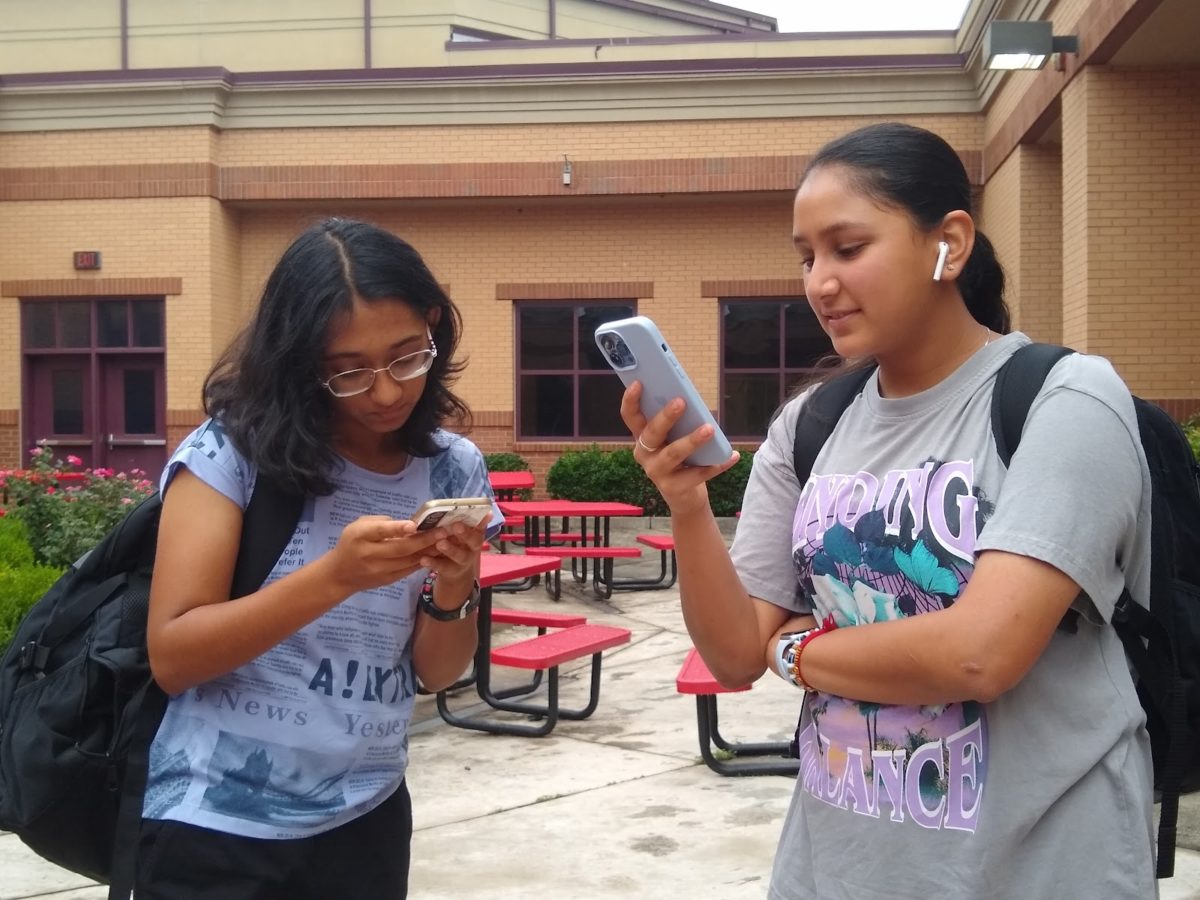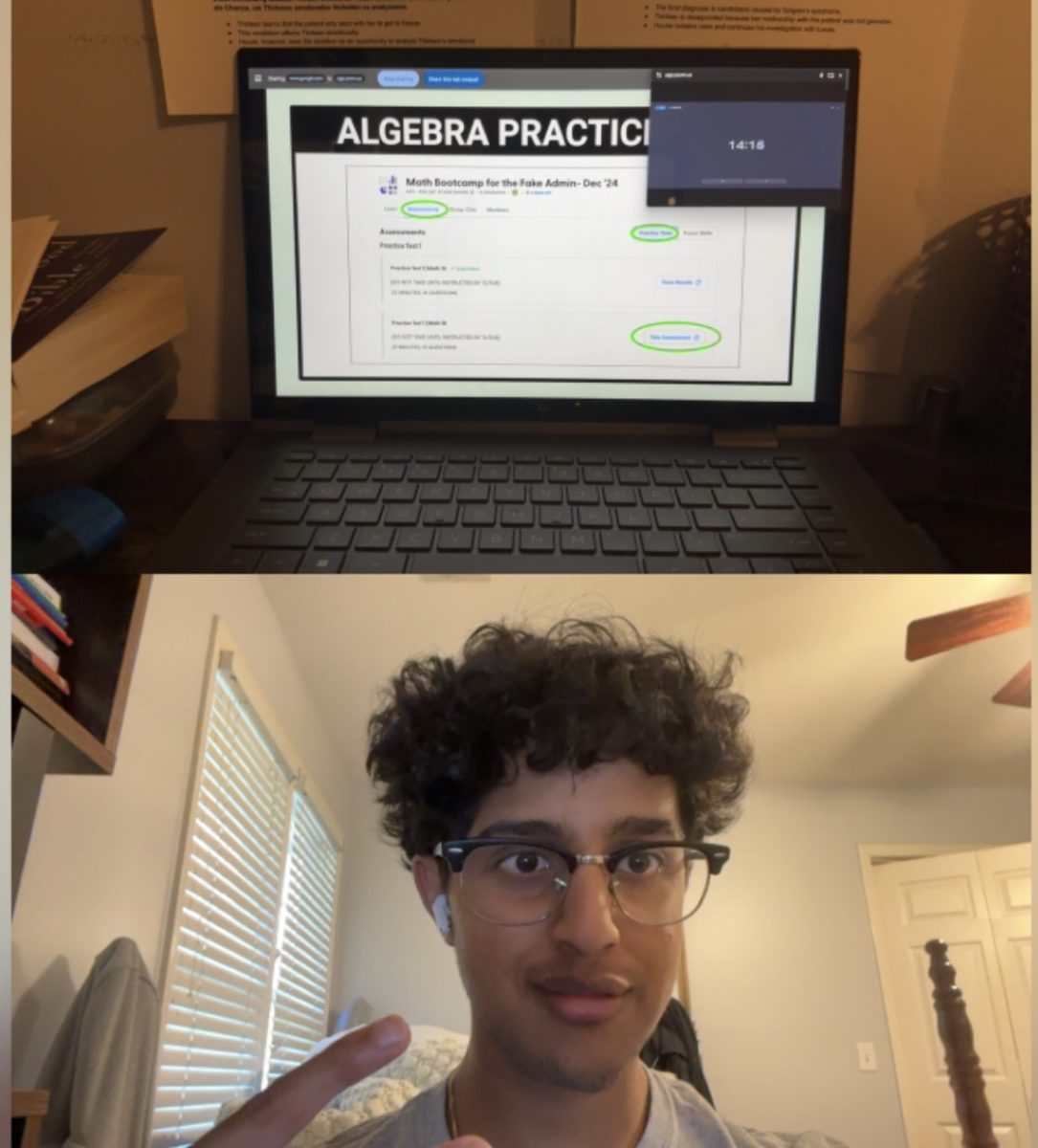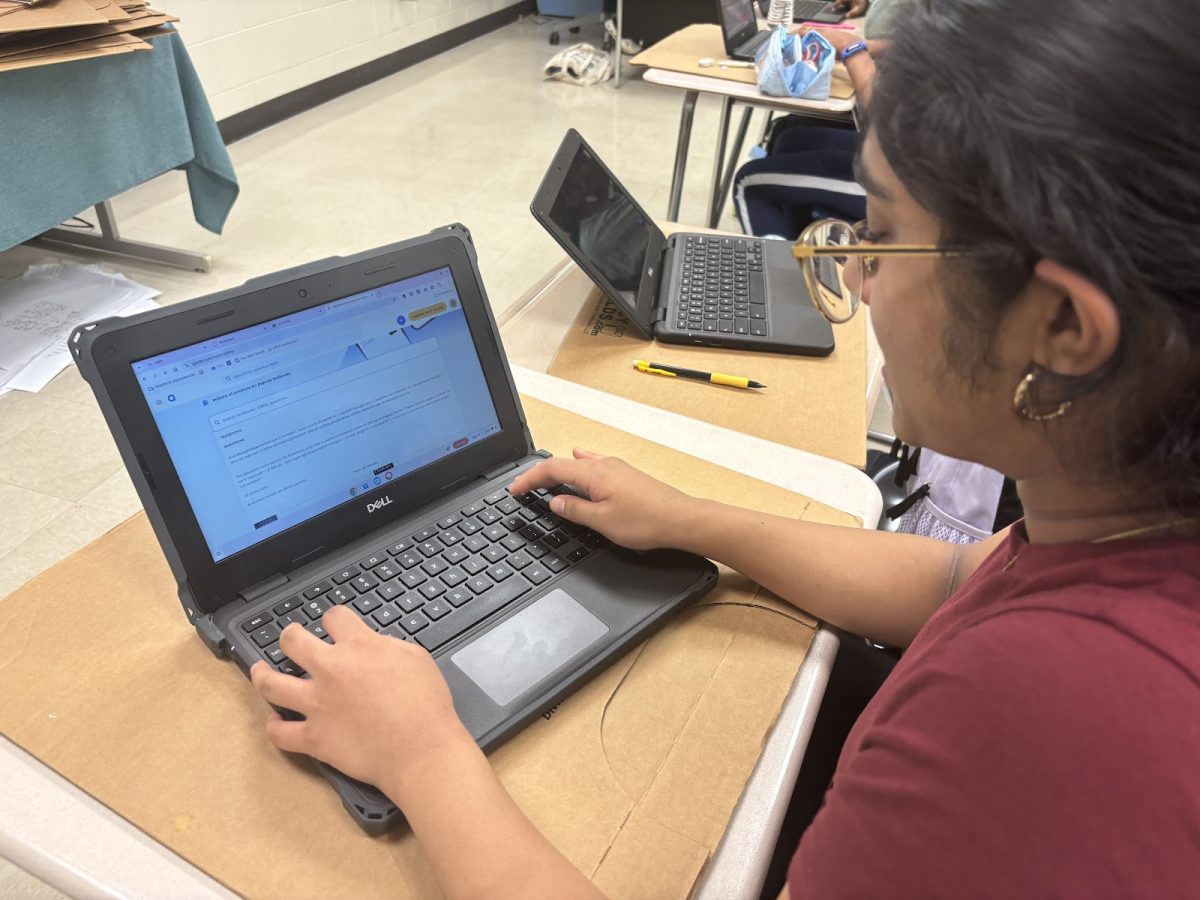Most lives revolve around a simple yet complicated piece of technology: the smartphone. It is used to call friends, text family and take photos and videos. However, there is a divide between people who say the phone poses a threat to learning, while others say it helps them learn. This divide can be seen between teachers and students. So, the question arises — are smartphones the problem or are they a solution to gaining knowledge?
The Teacher’s Perspective
Most teachers allow their students to have their phones with them, but sometimes this can get out of hand. Some teachers believe that while it may not be a problem, many students are having issues with not being able to go on their phones. Many teachers have observed that when they stop talking, students might immediately pull out their phones.
“Lots of students have issues with not being able to have constant access to their phones,” Sarah Blanc, a Spanish teacher at Lambert, explained. “So it can be a problem.”
To elaborate on the problem, students do not know what to do about when they do not have their phones with them, which is why they need constant access to their smartphones.
Smartphones have become such an important part of people’s lives that it has become an attachment. Some teachers have a system in place where students put their phones in a smartphone organizer box that has numbered slots at the beginning of class to prevent students from getting distracted. After the class ends, they are allowed to get their phones from the smartphone organizer box.
“Do students want their phones taken up like during class?” Catherine Emory, a Language Arts teacher at Lambert, noted. “I would say the majority of them, while they are in the room, don’t prefer it…I’ve had students come back to me the next year and say, ‘you know what, you were right to take up the phone. Because I look around my class and I see that the teacher is talking and people are supposed to be taking notes, and 30-50 percent of the kids are just looking at their phones.’ ”
The Student’s Perspective
Almost every student in Lambert has a smartphone and most of these smartphone users have their phones with them during the school day. According to Junior Sarah McLaughlin, phones can be both distractions and learning tools.
“I feel like they can be helpful,” McLaughlin said. “But they can also be a distraction.”
When there is a notification on their smartphone, students will sometimes stop a conversation or put off work to check their phone. While it may seem that only students are getting distracted, teachers are also getting distracted.
A study about attention span from Microsoft Corp says that in 2000, attention spans used to be twelve seconds long. Now, it has decreased to eight seconds and may continue to decrease.
According to The Harvard Gazette, countries like France and China have banned smartphones in the classroom, and many school districts in the United States have done the same thing. When asked about whether Lambert should take such strict measures, Junior Alaina Holloman says there is no need for it.
“I don’t think that there’s one right way to go about this,” she explained. “It’s more so based on the individual student, so in a sense the responsibility of how phones should be dealt with would probably just go to the teacher…It’s more so for the teacher to figure out a good balance of how to make sure kids stay off their phones when needed and know when to use them.”
Both teachers and students believe that smartphones are helpful and distracting and both sides are affected by it. The impact smartphones can create is all based on the student’s choices.















